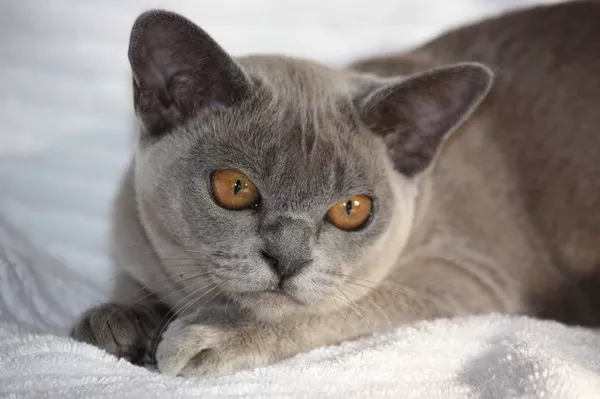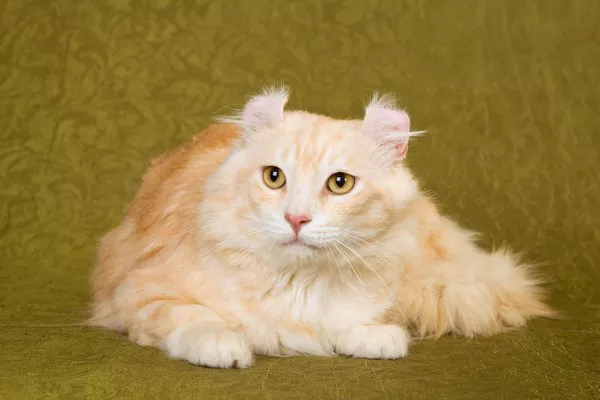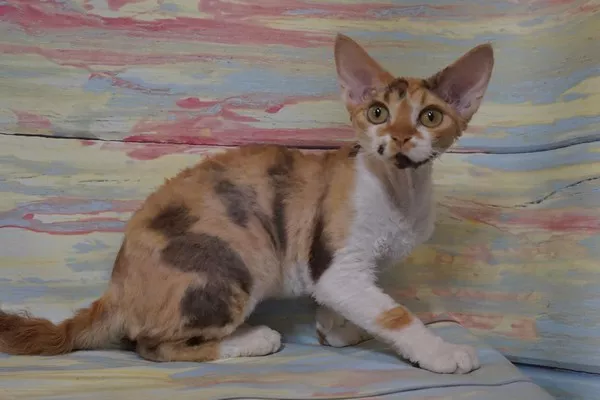Burmese cats are renowned for their stunning coat colors and charming personalities. If you own or are considering getting a Burmese cat, you may have heard about their potential color changes as they age. Understanding the coat color variations in Burmese cats can help you appreciate their unique characteristics and development. In this article, we will explore the phenomenon of color changes in Burmese cats, discuss the factors that contribute to these changes, and provide insights into the different stages of their coat color development.
1. The Initial Coat Color:
Burmese kittens are born with a soft and silky coat, which may appear lighter in color compared to their mature coat. The initial coat color in Burmese cats can vary depending on the individual and their genetic background. Common colors include brown, chocolate, blue, and lilac, among others. It is important to note that the initial coat color is not always an accurate representation of the final coat color that the cat will develop.
2. Coat Color Changes:
As Burmese cats grow and mature, their coat color often undergoes subtle or significant changes. The extent of these changes depends on genetic factors and the particular coat color genes inherited from their parents. The color changes usually occur over the first few months to a year of the cat’s life.
3. Genetic Influences:
Coat color changes in Burmese cats are primarily influenced by genetic factors. The responsible gene for coat color in Burmese cats is the Burmese gene (cb), which affects the production of pigment known as eumelanin. The different variations of the Burmese gene result in variations of coat color. For example, the brown coat color is determined by the presence of the dominant form of the gene (cb), while the dilute colors (e.g., blue, lilac) are a result of the recessive form of the gene (cbcb).
4. Maturing Coat Color:
As Burmese cats mature, their coat color often deepens and becomes richer. The initial lighter hues may transform into more intense and vibrant shades. For example, a Burmese kitten with a lighter brown coat may develop into a darker, richer shade of brown as it grows older. This transition is a natural part of their development and adds to the unique beauty of the breed.
5. Environmental Factors:
While genetics play a significant role in determining coat color changes, environmental factors can also have some influence. Factors such as sunlight exposure, temperature, and overall health can affect the intensity and appearance of the coat color. However, these effects are usually minor compared to the genetic predisposition.
6. Stabilization of Coat Color:
By the age of one to two years, most Burmese cats have reached their final coat color and pattern. At this stage, the coat color stabilizes and remains relatively consistent throughout the cat’s life. However, it is important to note that some subtle changes may still occur over time due to factors such as aging or exposure to sunlight.
Conclusion:
Burmese cats are known for their captivating coat colors, and understanding their coat color changes adds to the fascination surrounding this breed. The initial coat color of Burmese kittens can differ from the final coat color they develop as they mature. Genetic factors play a key role in determining these color changes, with the Burmese gene influencing the production of pigment and resulting in various coat color variations. As Burmese cats grow, their coat colors often deepen and become more pronounced, adding to their unique beauty. Environmental factors can have a minor influence on coat color, but genetics predominantly dictate the final outcome. By appreciating the coat color changes in Burmese cats, owners can better understand and enjoy the remarkable transformation these feline companions undergo as they mature.


























